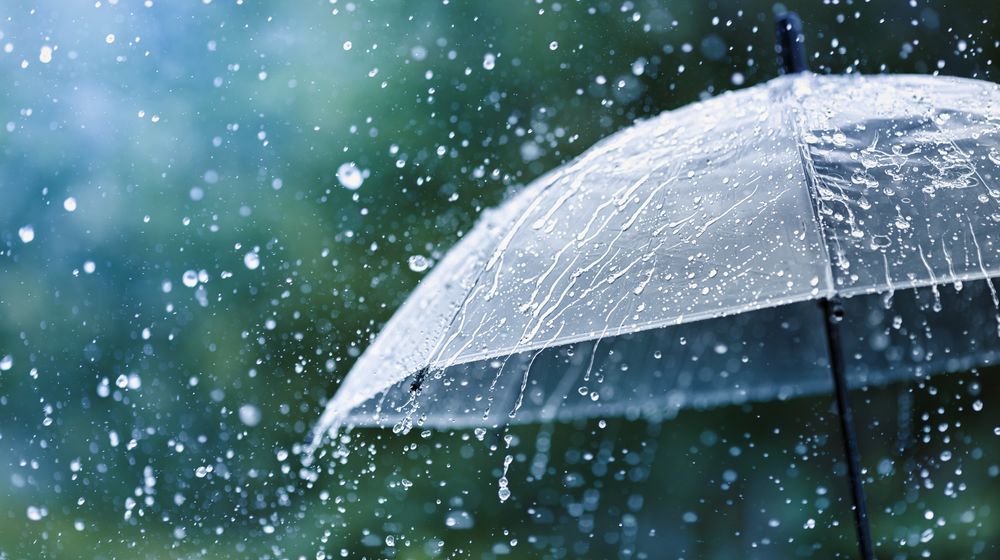Green cities: issues with rainwater harvesting in urban environments
Find out how green cities can optimizing rainwater harvesting with more eco-friendly alternatives.

Many urban spaces are constructed from non-porous materials, such as concrete or tarmac, making rainwater harvesting a major challenge for urban authorities. Today, most of the rainwater collected in cities ends up in treatment centers, where levels of pollution can become significant, presenting serious risks to communities. For these and other reasons, it’s crucial that we find an eco-friendly alternative.

How to save water in green spaces: our guide
Urban sewerage: the limits of today’s sewer systems
Today, experts note a worrying tendency among urban dwellers to rely exclusively on sewer systems, despite the health and safety risks this can pose. When combined with soil sealing, this phenomenon can also have a significant environmental impact. Despite undergoing modernisation in the 1970s, the sewers are unable to absorb large quantities of rainwater. Managing water levels thus becomes incredibly difficult, increasing the risk of flooding during periods of heavy rain.
Reducing levels of pollution associated with rainwater is also a challenge for urban authorities. Instead of being absorbed locally, the run-off water washes the soil until being collected in the sewers, bringing with it the by-products of human waste. Managing water runoff has become even more difficult as a result of increased urbanisation.
Since the 1980s, between 200 and 250km² of earth has been covered in concrete or tarmac every year (1).
Other problems surrounding rainwater harvesting include urban topography and urban planning, as well as water collection tax systems, the effectiveness of which can vary greatly from country to country.
How green cities are optimizing rainwater harvesting
Modern eco-friendly rainwater management strategies emphasize natural absorption by the earth and surrounding vegetation – by far the most effective and environmentally-friendly way of dealing with excess rainwater. Turns out Mother Nature was onto something!
1. Plants and trees absorb rainwater well
Most types of vegetation are endowed with a natural – and very effective – water management system, allowing them to ‘drink up’ large amounts of rainwater. They do this by absorbing water at the roots before ‘exhaling’ it via their leaves, disposing of excess water quickly and efficiently.
2. Urban greenery: nature’s pollution solution!
Not only do plants reduce rainwater buildup – thereby reducing overall pollution levels – they also help to filter the water itself. Trees and plants thus have a significant role to play in managing water and air pollution. In short: more trees, please.
3. Green cities: room to breathe
Finally, green cities also help with temperature management in summer. Streets lined with tall, concrete buildings featuring few or no trees or green spaces can quickly trap heat during the warmer months. What’s more, tarmac and concrete often retain heat well into the night. Parks, riversides and trees are crucial during heatwaves, offering urban dwellers shade and cooler temperatures during the hottest part of the year, as well as helping with rainwater management.
Learn how to fight heat waves downtown
The green city approach to rainwater harvesting: local policy, global impact
Adopting an eco-friendly approach to rainwater collection doesn’t just benefit urban environments. Let’s take a look at some other advantages to green city living.
- The links between public health and green cities are obvious. Not only do pollution levels start to fall, reducing the prevalence of respiratory diseases, the presence of large amounts of plants and trees also impacts health problems associated with stagnant water.
- The risk of flooding is also reduced, leading to a safer, more secure urban environment in both material and sanitary terms.
- Green space development also encourages biodiversity, protecting local flora and fauna for a flourishing green city that caters to all its inhabitants.
10 benefits to know about green urbanism
Looking past issues associated with rainwater harvesting, a focus on green living is essential if we want to construct durable, eco-friendly urban environments. Professional landscapers, architects, government authorities, urban communities - these are issues that affect us all.
Our thanks to Pascal Goubier, Assistant Manager of Lyon’s Public Parks and Gardens, for his expertise.
(1) Ministère de la Transition écologique et solidaire: Assainissement
© Photo credit: juliasudnitskaya / Adobe Stock

